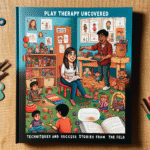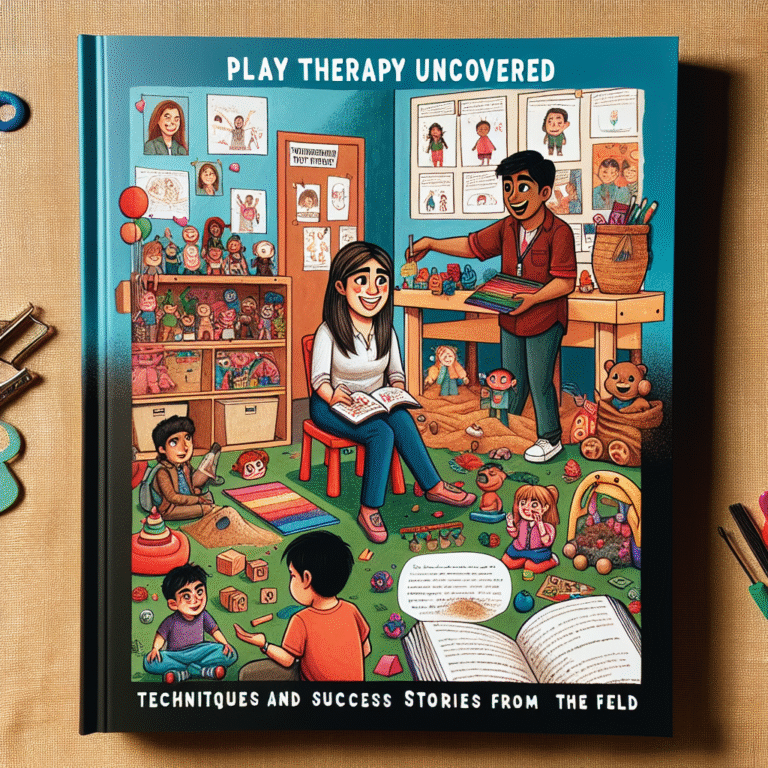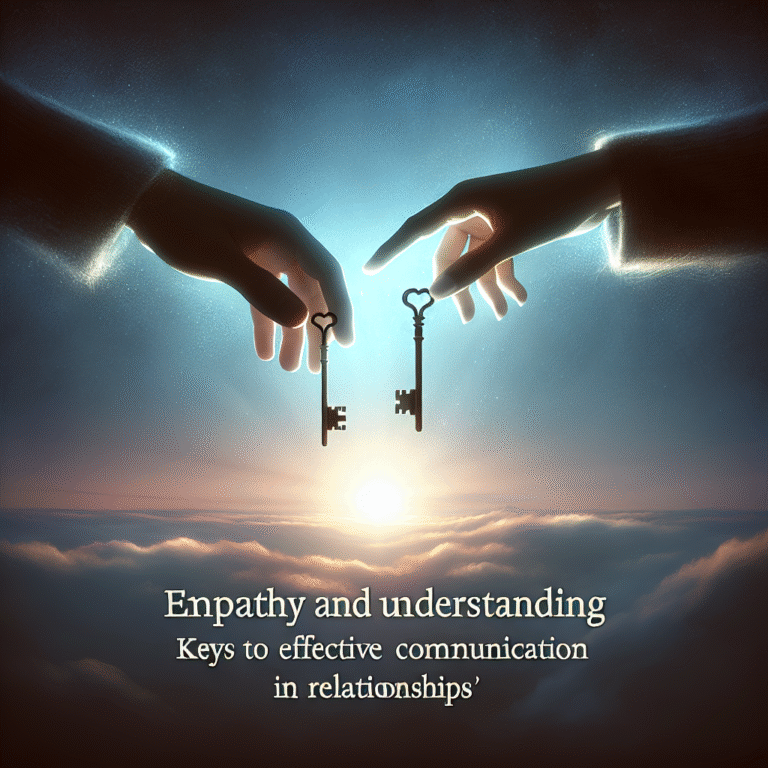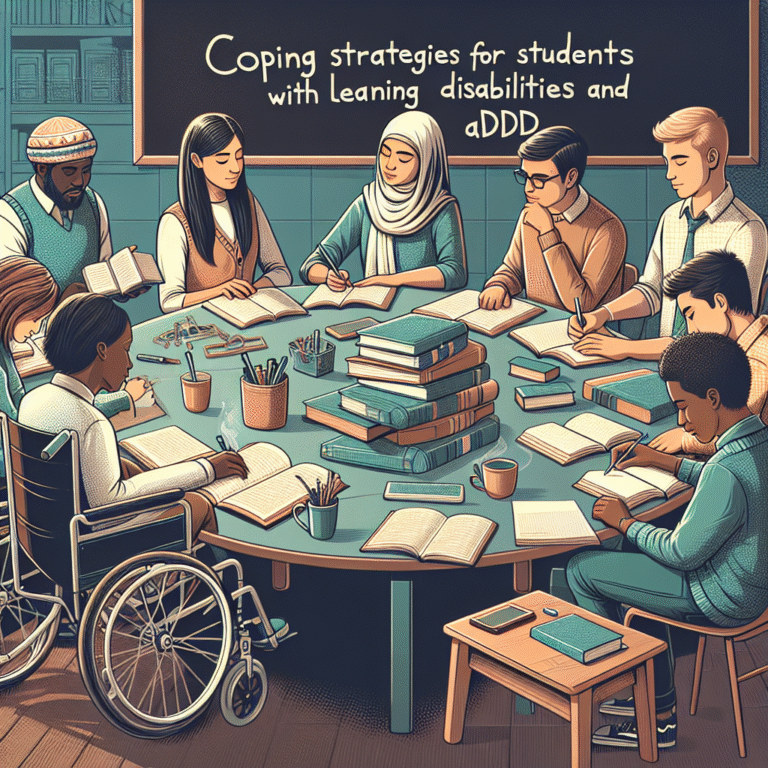
Introduction
Imagine walking into a crowded room, exchanging smiles, nods, and gestures without a single word spoken. This silent conversation often reveals more than verbal communication ever can. This phenomenon brings us to the heart of our exploration: Beyond Words: The Role of Theory of Mind in Nonverbal Communication. Understanding the intricate relationship between Theory of Mind (ToM) and nonverbal cues is essential not only for effective communication but also for building meaningful relationships in both personal and professional realms.
In our fast-paced society where verbal communication often takes the spotlight, the subtleties of nonverbal cues are frequently overlooked. Yet, they play a vital role in shaping our interactions. A study by Mehrabian revealed that only 7% of communication is verbal, while 93% is conveyed through tone and body language. This sets the stage for our deep dive into the uncharted waters of nonverbal communication and the underlying Theory of Mind that enables understanding beyond words.
Understanding Theory of Mind
What is Theory of Mind?
Theory of Mind refers to our ability to attribute mental states to ourselves and others. It encompasses understanding emotions, intentions, beliefs, and desires. This cognitive capacity is vital for navigating social interactions, allowing us to interpret nonverbal cues effectively. ToM isn’t merely a cognitive skill; it’s a significant predictor of social behavior and relationship satisfaction.
The Foundations of Theory of Mind
The development of ToM typically begins in early childhood, around the age of 2 to 5 years. At this stage, children start to recognize that others have thoughts and feelings distinct from their own. As they grow, this understanding deepens, with studies revealing that the ability to correctly decipher nonverbal signals correlates with advanced ToM skills.
Case Study: Autism Spectrum Disorder
A noteworthy case study involves individuals on the autism spectrum. Research indicates that people with Autism Spectrum Disorder (ASD) often struggle with ToM, which in turn affects their nonverbal communication abilities. A landmark study demonstrated that individuals with ASD find it challenging to interpret facial expressions, gestures, and tone of voice—key components of nonverbal communication. This lack of understanding often leads to misunderstandings in social situations, emphasizing the core theme: Beyond Words: The Role of Theory of Mind in Nonverbal Communication.
The Integral Role of Nonverbal Communication
The Types of Nonverbal Communication
Nonverbal communication encompasses a myriad of cues, including but not limited to:
- Facial Expressions: Universally understood signals reflecting emotions.
- Gestures: Hand movements, nods, and other physical signs conveying messages.
- Posture: Body language that indicates confidence, openness, or defensiveness.
- Eye Contact: A powerful tool for engagement and sincerity.
- Proxemics: The use of personal space to relay messages of intimacy or authority.
The Power of Nonverbal Cues
The interplay between ToM and nonverbal communication allows for a richer understanding of interpersonal dynamics. Nonverbal cues can often reveal underlying emotions that words may conceal. For instance, a person may verbally express agreement while their body language signifies discomfort. Recognizing these discrepancies is essential for effective communication.
Table 1: Types of Nonverbal Cues and Their Implications
| Nonverbal Cue | Implication |
|---|---|
| Smiling | Happiness, agreement |
| Crossed arms | Defensiveness, discomfort |
| Leaning in | Interest, engagement |
| Avoiding eye contact | Distrust, disinterest |
Real-World Applications
Business Communication
In the corporate arena, Beyond Words: The Role of Theory of Mind in Nonverbal Communication is crucial for effective teamwork, negotiations, and leadership. Studies indicate that successful leaders often excel in reading nonverbal cues, leading to better decision-making and conflict resolution.
Case Study: The Role of Nonverbal Communication in Negotiations
A fascinating study demonstrated that in negotiations, participants who were adept at reading nonverbal signals were more likely to reach mutually beneficial agreements. Those who were aware of their counterparts’ body language could gauge interest, confidence, and reservation, allowing them to adapt their strategies accordingly. This underscores how ToM enhances our capacity for understanding in high-stakes situations.
Personal Relationships
In personal realms, ToM and nonverbal communication foster emotional intimacy. Couples who effectively interpret each other’s nonverbal signals report higher satisfaction in their relationships. They often experience a deeper connection, as these silent cues express care and understanding beyond spoken words.
Case Study: Nonverbal Communication in Romantic Relationships
Research involving couples has shown a significant link between nonverbal communication and relationship satisfaction. Couples who engage in positive nonverbal cues (like eye contact and affectionate gestures) are more likely to report higher levels of mutual happiness. This reflects the essence of Beyond Words: The Role of Theory of Mind in Nonverbal Communication in fostering strong emotional bonds.
Enhancing Nonverbal Communication Skills
Training Your Theory of Mind
Improving your ToM and nonverbal communication skills can have profound effects on your interpersonal dynamics. Below are actionable steps to enhance these abilities:
-
Mindfulness Practices: Engaging in mindfulness can help you become more attuned to your own emotions and the emotions of others.
-
Active Observation: Practice observing body language and facial expressions in daily interactions. Take note of how they correspond with verbal communication.
-
Empathy Exercises: Put yourself in others’ shoes to understand their perspectives better, thus bolstering your ToM.
- Feedback: After interactions, seek feedback from trusted friends or colleagues about your nonverbal cues and how they affect communication.
Importance of Context
Understanding the context of nonverbal communication is as crucial as the cues themselves. Different cultures may interpret the same nonverbal behavior in radically different ways. Being culturally aware can mitigate misunderstandings and enrich cross-cultural communication.
Chart 1: Cultural Differences in Nonverbal Communication
| Culture | Common Nonverbal Cue | Interpretation |
|---|---|---|
| Western Cultures | Direct eye contact | Confidence, engagement |
| Asian Cultures | Avoiding eye contact | Respect, acknowledgment |
| Middle Eastern Cultures | Close personal space | Warmth, relationship closeness |
Conclusion
Beyond Words: The Role of Theory of Mind in Nonverbal Communication is a testament to the complexity and richness of human interaction. By appreciating the nuances of nonverbal cues and enhancing our Theory of Mind, we can transform our relationships—both personal and professional. It is this silent dialogue that allows us to foster intimacy, understanding, and collaboration, creating a more connected world.
As you venture forth, remember that every gesture, every smile, and every subtle change in posture holds the potential for deeper connection. Embrace the power of nonverbal communication and let it guide you to more fulfilling interactions.
FAQs
1. What is Theory of Mind?
Theory of Mind is the ability to understand that others have thoughts, feelings, and perspectives different from our own. It plays a significant role in interpreting nonverbal communication.
2. Why is nonverbal communication important?
Nonverbal communication accounts for the majority of interactions, conveying emotions, intentions, and reactions that words may fail to express.
3. How does culture influence nonverbal communication?
Culture shapes the interpretation of nonverbal cues. What is considered respectful in one culture may be viewed differently in another, making cultural awareness essential in communication.
4. Can nonverbal communication be taught?
Yes, nonverbal communication skills can be enhanced through practice, observation, mindfulness, and empathy exercises, allowing individuals to become more adept at interpreting and conveying nonverbal cues.
5. How does Theory of Mind affect relationships?
A developed Theory of Mind enables better understanding of others’ emotions and intentions, fostering deeper connections and higher satisfaction in personal and professional relationships.
By embracing Beyond Words: The Role of Theory of Mind in Nonverbal Communication, you equip yourself with valuable skills that can enhance every interaction, leading to a more fulfilling and meaningful life.


















